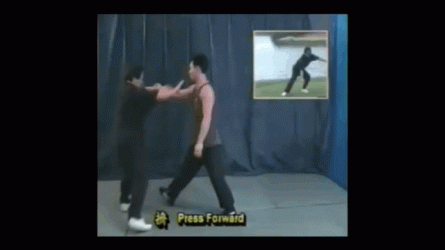Shatteredzen
Purple Belt
I really don't think this get's the time it deserves in most cases. When you first start out, foot work feels like the veggies on the side of your plate that you must eat and later on we find ourselves going back to it to train again and again. Even many experienced competitors neglect footwork or downplay its importance in winning fights. What are some observations or crucial elements people should add to their tool kit? Does your style have particular lessons on footwork you find very helpful that you could share here?
Personally, I like studying the footwork of some of the greatest fighters, then trying out particular nuances when I have time on the mat. Here is Sugar Ray Leonard's footwork in depth, in many ways he takes what Ali did and expands on it.
Then there is Samart Payakaroon, one of the greatest of the muay thai greats, who used Ali and Leonard's footwork but developed it for Muay Thai in a way that is just brilliant to see. The way he combines his boxing form with the Muay Thai, even his leg checks become these things of elegant brilliance.
Personally, I like studying the footwork of some of the greatest fighters, then trying out particular nuances when I have time on the mat. Here is Sugar Ray Leonard's footwork in depth, in many ways he takes what Ali did and expands on it.
Then there is Samart Payakaroon, one of the greatest of the muay thai greats, who used Ali and Leonard's footwork but developed it for Muay Thai in a way that is just brilliant to see. The way he combines his boxing form with the Muay Thai, even his leg checks become these things of elegant brilliance.

